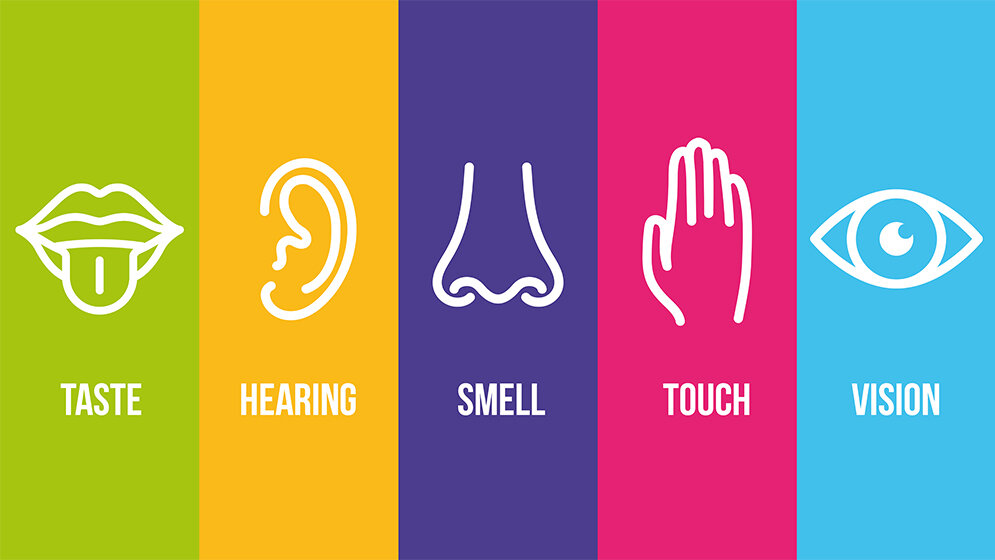What happens during perception?
During this perception, a stimulus is translated into nerve impulses, which are then transferred over nerve pathways to the brain. Thus, our senses form the connection between us and our environment as well as to the internal processes of our bodies (such as blood pH and sucrose level, body temperature, limb position etc.). The brain processes those nerve impulses letting us form a perception of smell, taste, feel, sight, and hear and touch.
Do we have five senses?
You might identify smelling, tasting, touching, seeing and hearing as the classically defined five senses. However, modern science has identified even more senses such as nociception (perception of pain) as well as the perception of temperature, proprioception (self perception of our body), eq…
Dann nutzen Sie jetzt unser Probe-Abonnement mit 3 Ausgaben zum Kennenlernpreis von € 19,90.
Jetzt Abonnent werden

